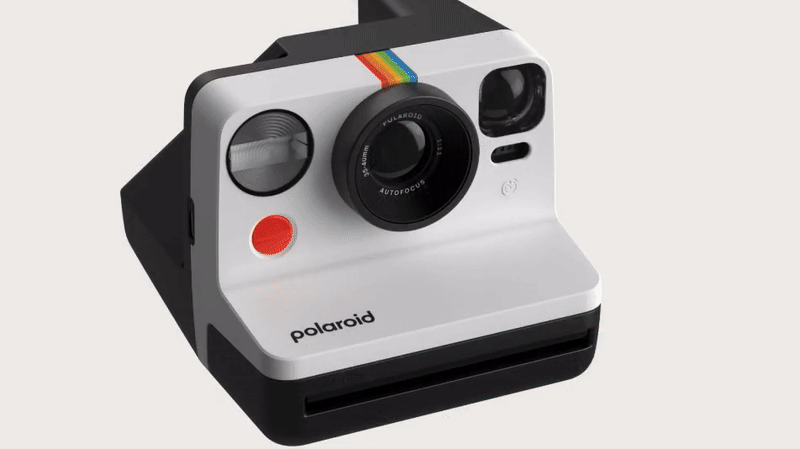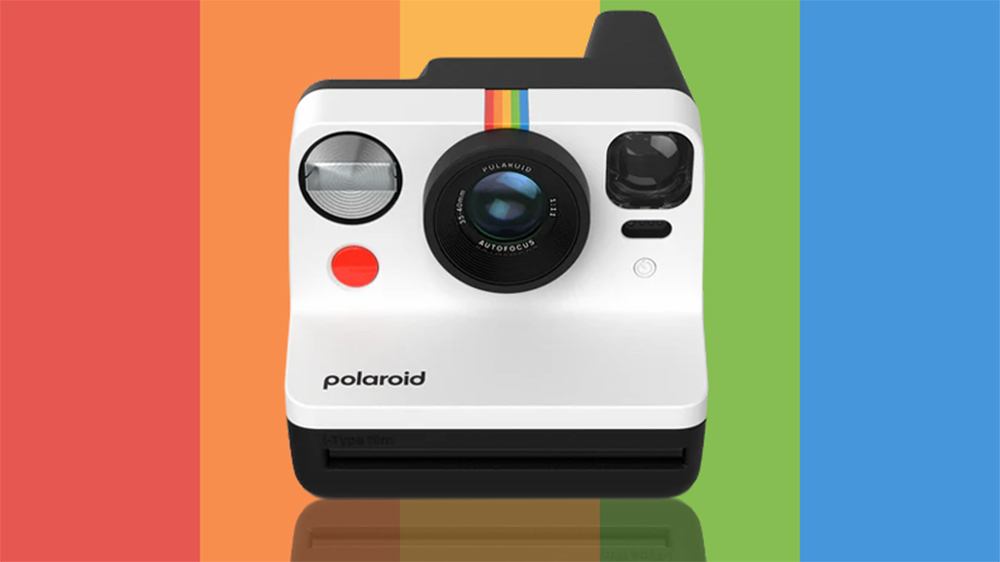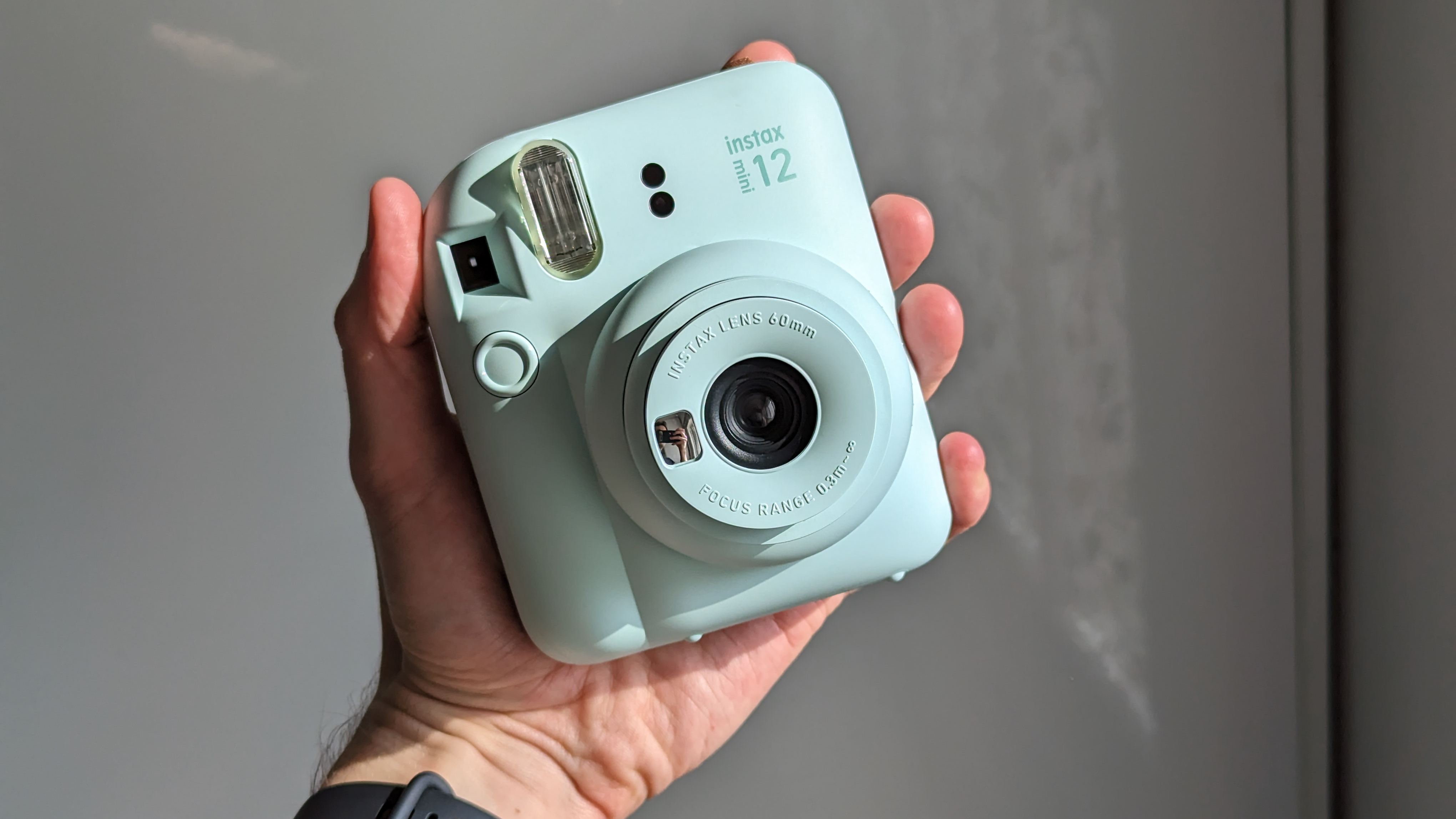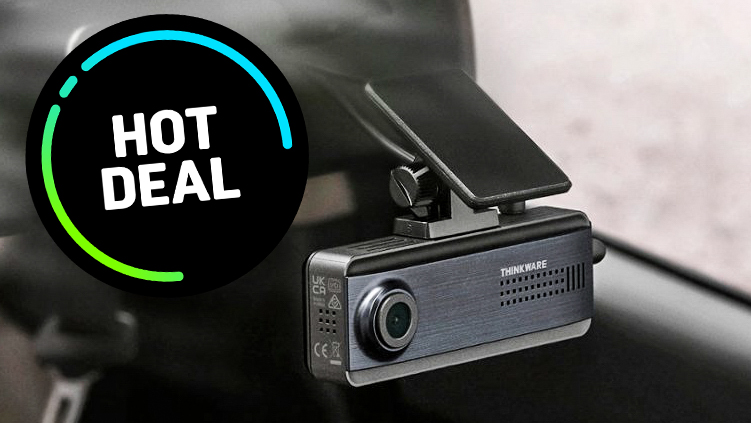Ever wondered how instant cameras work? It’s both incredibly complicated and remarkably simple
How do instant cameras work? The cameras are about as simple as cameras can get – it’s the instant film that’s the key

Understanding how instant cameras work is made a lot easier if you start by thinking of the sheet of film as the film cell or digital sensor. After all, this is what the light hits and ultimately exposes when it enters the camera. Today, Fujifilm dominates the best instant camera market with its Instax brand, having started to produce instant cameras in the 1980s, but it wasn’t one of the earliest adopters.
While the first instant camera available to consumers is somewhat contested, there’s little doubt that the instant camera as we know it today was invented by none other than Polaroid co-founder, Edwin Land, and first made available in 1948. Long before the Instax Mini 12 and Polaroid Now+ Gen 2, the Land Camera Model 95 paved the way for Polaroid’s undisputed rule, which peaked during the 1970s and 1980s. And truth be told, how instant cameras work hasn't changed all that much.
Polaroid became so synonymous with the instant camera that it became a genericized trademark, and despite the original company folding in 2001 and being resurrected in 2017, people still refer to instant cameras and prints as ‘Polaroids’ today.
How instant cameras work

An instant film camera itself is about as simple as a camera can be; it’s the film that’s the magic sauce. A post from Polaroid Support lifts the lid on how instant cameras work – specifically the Impossible L-1, which was the first Polaroid produced following the company’s resurrection by Impossible Project (now Polaroid BV).
When the shutter is fired, light enters the camera through the lens and bounces off a fixed mirror, exposing the image onto the light-sensitive film. The mirror is required to correct the image, because the film develops as a mirror image.
The clever bit is the roller arrangement, which the film passes through as it’s ejected. As Polaroid puts it: "These rollers break developer paste pods in the base of the photo frame. A blue paste then coats the image, triggering a chemical chain reaction that both develops the instant photo and shields it from light." This explains why there's a thicker border at the base of a sheet of Polaroid film.

The folks at Analogue Wonderland go a step further by explaining how Polaroid film works. It comprises three layers: "the top layer is a transparent plastic cover sheet, the middle layer is the film emulsion, and the bottom layer is a developing agent."
Get the Digital Camera World Newsletter
The best camera deals, reviews, product advice, and unmissable photography news, direct to your inbox!
The big difference between Polaroid and Instax film is that Fujifilm's version develops a standard image (not mirrored), mitigating the need for an internal mirror. As such, the film can be mounted vertically, producing a more conventional camera aesthetic to the classic Polaroid look.
Do people still shake it like a Polaroid picture?
OutKast’s Hey Ya! Immortalized the phrase “Shake it like a Polaroid picture,” referencing how Polaroid photographers would literally shake their freshly developed sheets of film to aid the drying process. However, this technique is now defunct, since the film dries almost instantly. And according to B&H Photo, shaking too much "might create unwanted bubbles or marks between some of the layers, causing flaws in the final image". In short, this is not how instant cameras work any more!
So, if you insist on roleplaying as a 1970s Polaroid shaker, you may want to resist the temptation, as shaking a Polaroid picture could negatively impact the development process. Maybe that's why André 3000 sings: "shake it (Uh-oh)"…
You may also like...
If you're interested in instant cameras, take a look at the best portable printers. And if you're looking for a modern take on a classic formula, check out the best digital instant cameras. Finally, if you're into all things retro, check out the best film cameras.

Mike is Digital Camera World's How To Editor. He has over a decade of experience, writing for some of the biggest specialist publications including Digital Camera, Digital Photographer and PhotoPlus: The Canon Magazine. Prior to DCW, Mike was Deputy Editor of N-Photo: The Nikon Magazine and Production Editor at Wex Photo Video, where he sharpened his skills in both the stills and videography spheres. While he's an avid motorsport photographer, his skills extend to every genre of photography – making him one of Digital Camera World's top tutors for techniques on cameras, lenses, tripods, filters and other imaging equipment – as well as sharing his expertise on shooting everything from portraits and landscapes to abstracts and architecture to wildlife and, yes, fast things going around race tracks...
